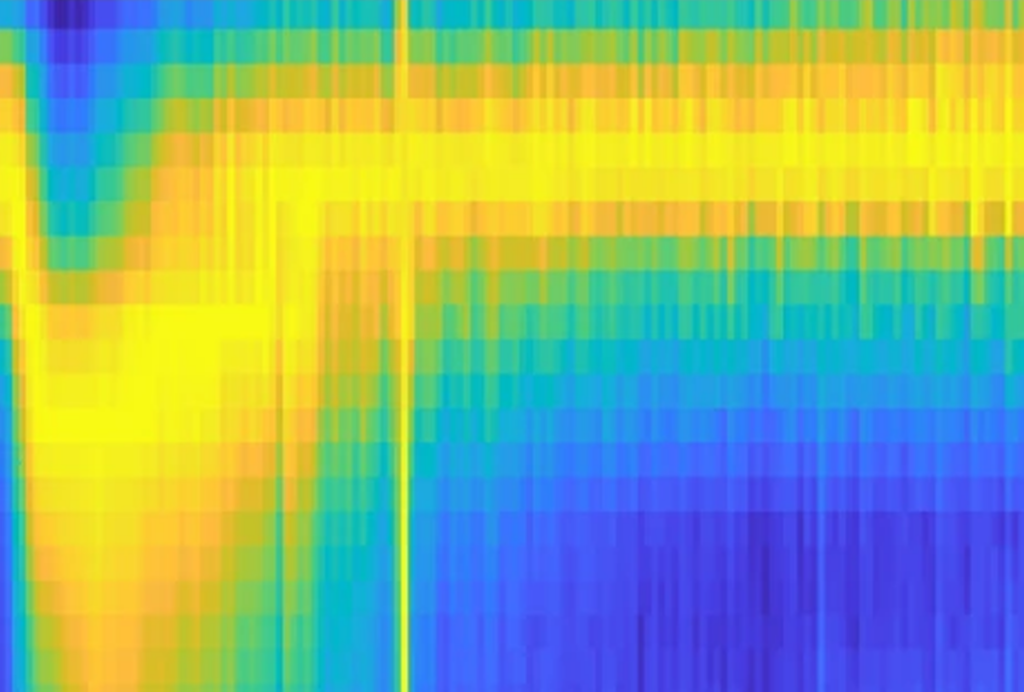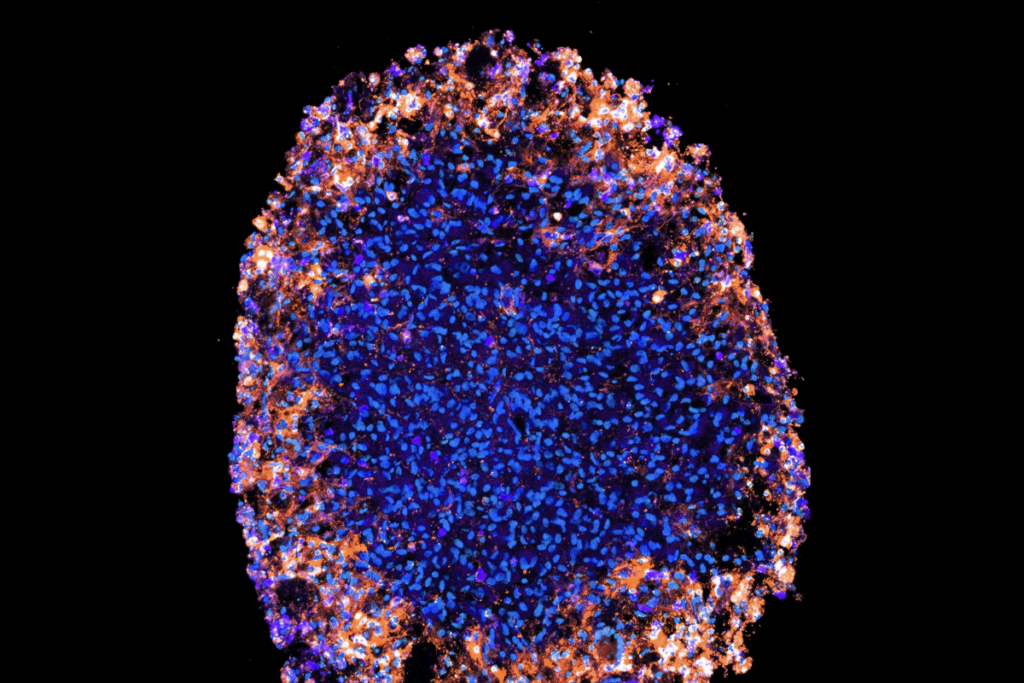Video: Synapses are key to understanding autism
Proteins that function at the synapse, the junction between neurons, have been strongly linked to autism. At the Society for Neuroscience annual meeting in San Diego, Mriganka Sur, professor of neuroscience at the Massachusetts institute of technology, explained how studying synapses is revolutionizing our understanding of autism.
Our brain is made up of millions of nerve cells, which work together in a dazzlingly complex network. Information travels through the brain by transmitting signals from one neuron to the next, across a tightly orchestrated junction called the synapse.
Several genetic and molecular studies have implicated proteins that function at the synapse in autism. Research has also shown that an imbalance between different types of neurons — those that activate signals and those that turn them off — can lead to autism and related disorders.
Mriganka Sur, professor of neuroscience at the Massachusetts Institute of Technology, studies how the brain forms synapses. Sur caught up with SFARI at the Society for Neuroscience annual meeting in San Diego to discuss how studying synapses is revolutionizing our understanding of autism and related disorders, such as Rett syndrome.
For more reports from the 2010 Society for Neuroscience annual meeting, please click here.
Recommended reading

Among brain changes studied in autism, spotlight shifts to subcortex
Home makeover helps rats better express themselves: Q&A with Raven Hickson and Peter Kind
Explore more from The Transmitter

Dispute erupts over universal cortical brain-wave claim
Waves of calcium activity dictate eye structure in flies

